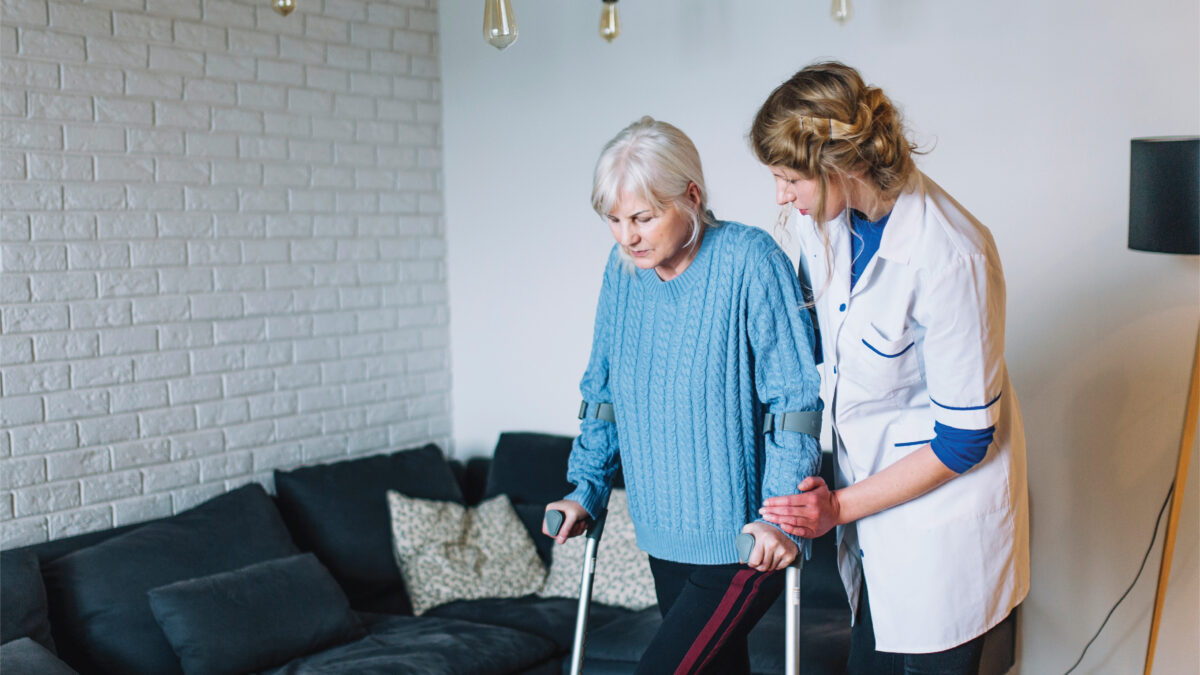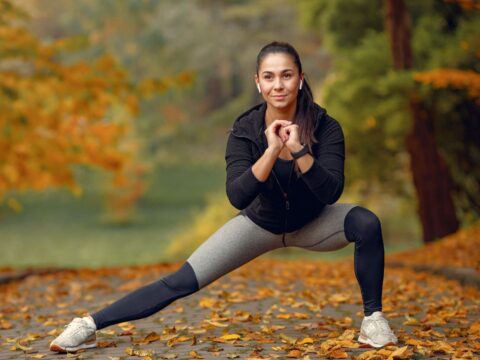
5 Delightful Diabetes-Friendly Smoothies
April 26, 2022
A Guide To Fasting Safely When You Have Diabetes
April 26, 2022As you grow old, your body tends to lose muscle mass and strength, increasing the risk of wobbling. Growing age can also affect vision and mental health, further compounding the loss of strength in the body.
Wobbling or instability may not be considered a big problem. However, the risk of falling that comes with instability is often an issue of concern as it can lead to broken bones, brain injury and even death.
Therefore, balance training is often recommended for older people or senior citizens to improve their stability and prevent the risk of injuries.
Why Is Balance Training So Important for Diabetes Patients?
One of the most common complications of diabetes is peripheral neuropathy, a type of nerve damage that affects feet, legs, arms and hands. This nerve damage can cause a loss of sensation in your feet and increase the risk of injuries.
Balance training helps improve the loss of stability in the body and thereby counteract the loss of sensation in your feet and other body parts.
A Guide To Balance Training For Senior Diabetes Patients

- First Step – Target Your Core
Your torso or core includes your chest, abdomen, back and buttocks, the most important organs for stability. Increasing the strength in your torso will help improve the ability to access strength in your extremities. Therefore, you must do exercises that can target your core.
- Second Step: Target Your Legs
Strengthening your legs should be the next element of your balance training. Weak muscles in the legs make you more likely to lose balance and fall. Hence, it is important to build muscles in your lower body with exercises like tai chi, yoga, water aerobics, etc. You can also practice simple leg strengthening exercises at home, such as standing on one leg.
- Third Step: Target Your Feet and Ankles
Your body stands on your feet and ankles, so keeping them strong is essential to prevent instability. You can practise easy in-home exercises to strengthen the muscles in your ankle and feet. Write an alphabet in the air with each foot while seated every day. You can also sit on a chair and lift your feet off the ground 10-15 times a day to improve stability.
Seated Exercise vs Standing Exercises
Standing exercises are most beneficial for balance training. However, they may be slightly difficult for beginners. Therefore, you can start with seated exercises and then gradually make your way up to the standing exercises of balance training.
What If You Already Have Balance Problems?
If you have diabetes, you may already have balance problems. In this case, do not start with balance training exercises at home. It might turn out to be dangerous for you. Talk to your doctor and go to a physical therapist to practice balance training. Personalised training programs are usually more beneficial. Therefore, look for a fitness instructor that can assess you well before designing your balance training program.
2 Easy Balance Training Exercises
- Standing on One Foot
Stand on one foot behind a sturdy chair that you may use to balance if necessary. Hold your pose for 30 seconds to 1 minute, and then, gradually bring your leg down. Repeat the same process with the opposite leg. You can do this exercise several times a day, and once you become comfortable with it, you can increase the challenge by keeping your eyes closed.
- Walking Heel to Toe
Select a spot on the ground and start walking towards it by placing the heel of one foot in front of the toes of the opposite foot, just like a tightrope walker. Try to remain as steady as possible.
Outlook
Balance training is essential for older adults or senior citizens. It helps train the body to stabilise and prevent the risk of falling and getting injuries. It is especially important for older people with diabetes as diabetes already affects the nerves of the feet and toes, increasing the risk of falling.
References
- https://www.diabetescarecommunity.ca/diet-and-fitness-articles/physical-activity-articles/balance-exercises-for-people-with-diabetes/
- https://www.diabetes.org/healthy-living/fitness/balance-training
- https://www.researchgate.net/publication/316601705_Balance_Training_in_Diabetic_Peripheral_Neuropathy_A_Narrative_Review
- https://clinicaltrials.gov/ct2/show/NCT04807452
- https://pubmed.ncbi.nlm.nih.gov/22773533/
- https://diabetesjournals.org/care/article/33/4/748/26925/Balance-Training-Reduces-Falls-Risk-in-Older




